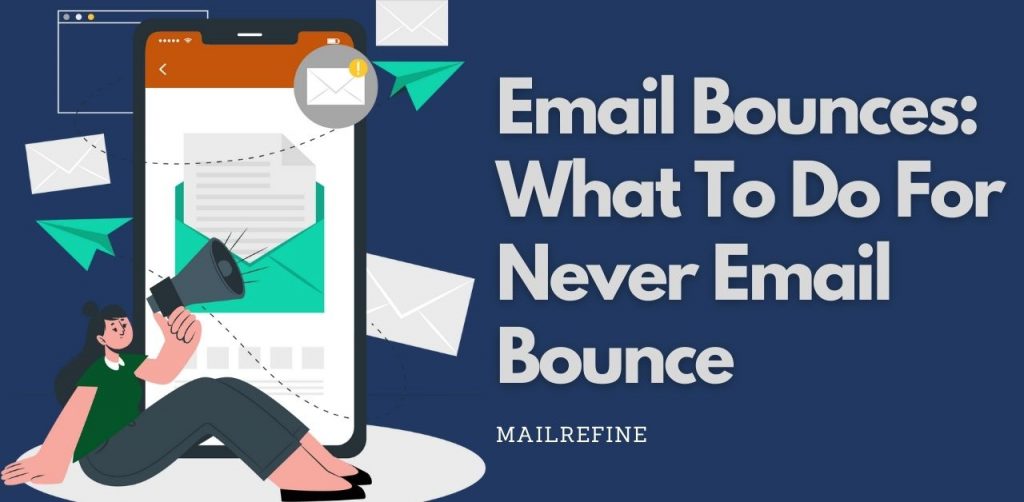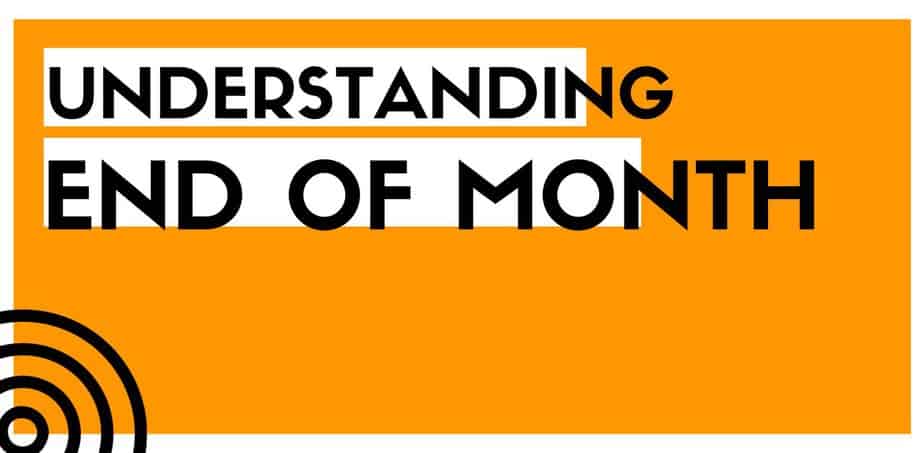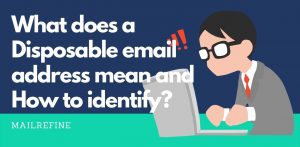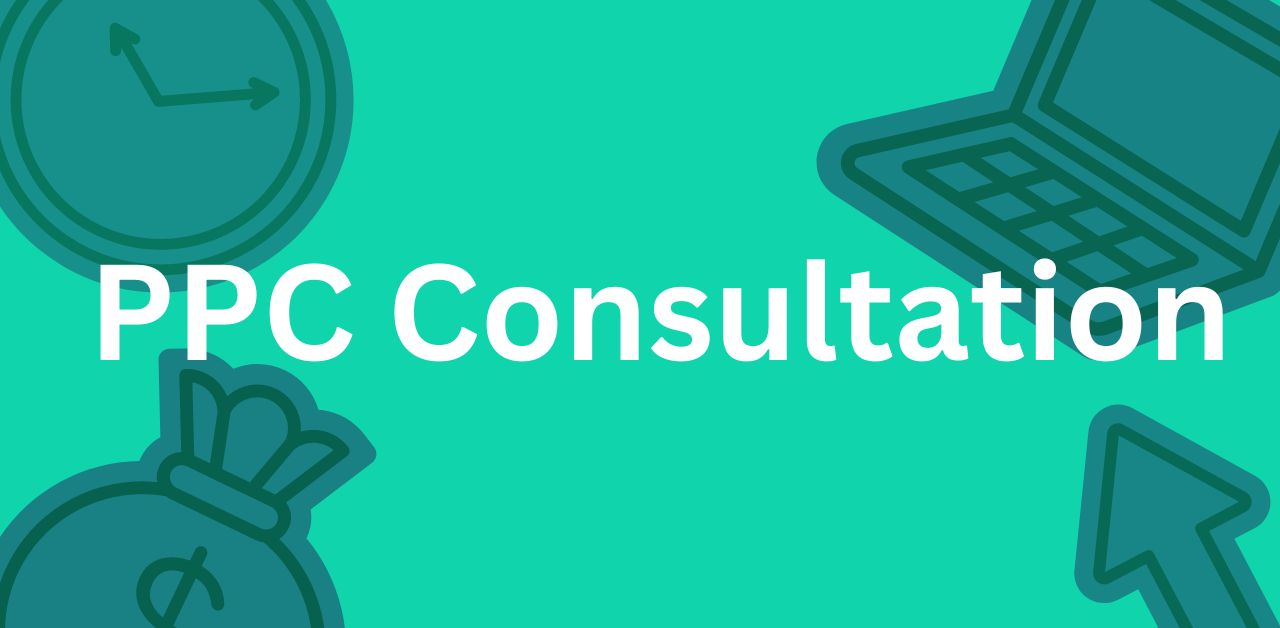Everyone experiences email bounces from time to time. Since the effectiveness of your email marketing hinges on whether your emails reach users’ inboxes, it’s critical to grasp what email bounces are and why they happen. When the email you have just sent but not delivered you will receive a message Like “informing the sender of a previous message that the message has not been delivered (or some other delivery problem occurred) which also precisely goes by the name “Email Bounce”.
A Non-Delivery Report or NDR is sent by the email server you use. The email bounce notification also tells you why your email was not delivered. To better comprehend emails that bounce back and what to do for emails that never bounce, let’s check out.
What Processes are Involved in Delivering an Email?
Fill out the “To” and “From” boxes and select the “Send” button to send an email.
For delivery, your email is sent to a Simple Mail Transfer Protocol or SMTP server. Consider your SMTP to be a neighborhood post office. A DNS or Domain Name Server is used by your SMTP server to verify your email. The Domain Name Server is a database of IP addresses and domain names.
After locating the recipient’s server, the SMTP server sends your email to a Mail Transfer Agent for delivering the email. In this context, the MTA will be the postman.
Your email will now successfully be delivered to the recipient’s mailbox. However, the last stage does not always proceed as anticipated. Instead, your email disappears before getting delivered to the recipient. Well, that is not what actually happens. However, a bounced email may give this impression. Fortunately, email bounces have apparent reasons which are usually simple to solve.
What Makes an Email Bounce?
Full inboxes, unresponsive servers, and sending emails to addresses that do not exist anymore or are fake are all the reasons why emails bounce back. You may get a delivery push notification when your email bounces for a variety of reasons, which can be much longer than the previous list. Some of these causes are transitory, while others are long-term. If you somehow identify the sort of bounce type where your email belongs, you’ll be able to solve bounce-back emails.
The Following are Some of The Causes for a Hard Bounce Email
When an email remains completely undelivered to any email address, it is known as a hard-bounce email. A hard bounce email can be caused by a variety of factors, including:
Fake email addresses: Sometimes, people provide email addresses that appear to be fake. Whenever you demand an email address in return for anything online, such as information or any discount, the chances of such bouncebacks increase. You can use double opt-in to steer clear of these bounces.
Incorrect email addresses: The email address box does not contain any spell-check. Thus mistakes happen.
Blocked email addresses: Certain domains, such as institutional or governmental, tend to have more stringent spam protection settings. Alternatively, the receiver may have purposefully banned your email address, which indeed is an unfortunate but genuine possibility. If it is the latter, request that you be added to their mailing list.
Issues regarding hard bounced emails cannot be fixed. You may clean up your mailing list by removing hard bounced emails. When you don’t do that, they begin to build up, and you fall at the risk of having your emails blocked.
The Following are Some of The Causes for a Soft Bounce Email
Whenever a server briefly rejects any email, it is known as a soft bounce. After a soft bounce, most email providers attempt to resend the emails.
Full mailbox: Whenever a recipient’s inbox is full, your email bounces back till more room becomes available.
Email size: When you include megabyte-heavy photos or a large attachment in an email, it may bounce back if a filter is in place.
The server is unavailable: It’s possible that an inaccessible server has crashed, is overloaded, or is undergoing maintenance. This implies you’ll have to wait a while before sending another email to that address.
Autoreply: Your email might frequently bounce back if someone is unavailable or on vacation and activates auto-reply.
Block Listed Emails
Email service providers or ESPs generate email block lists to filter unwanted or unethical content, such as spam or viruses. They’re not there to make it more difficult for people to send emails; rather, they’re there to safeguard the receivers of the nearly 300 billion emails exchanged every day. It generally occurs as a result of:
Complaints about spam: The infrequent complaint is undesirable, but it is to be anticipated. ISPs, on the other hand, will send the emails to the spam folders and perhaps a block list if the complaints attain a particular threshold.
Bounce rates that are too high: Unless you maintain excellent email list cleanliness, your email bounce rates may start to rise.
A sudden increase in email volume or list size: If your email list is growing too quickly, it’s a sign that you’ve already purchased a list. It might be an indication of spam if you keep sending a lot of emails.
Inappropriate content: Stop using spammy phrases such as “FREE” with all capitals accompanied by multiple exclamation points in the subject line.
Being included in any blocklist might be a small nuisance, or it can mean that your emails will be delivered to none of your recipients. Large Internet service providers might use their own blocklists. The most common lists, on the other hand, are open to the public and are utilized by many email providers, including corporations all around the world.

Here is How You Can Get Removed From a Block List
With Time: After a certain amount of time has passed, you might get automatically removed from the block list.
Getting in touch with the block list: To be removed from the list, you can send a request to the website of your block list holder.
Maintain the quality of your list: Remove any hard-bounced addresses, and just never buy any email list.
Adding value: To engage your subscribers and prevent spam complaints, send emails containing useful information.
By changing the ISP: If your IP address has been hacked, switch ISPs to avoid being block-listed.
If you’ve been included in a blocklist, it’s possible that something went wrong with your email marketing. Suppose you utilize email blasts; your chances of being misinterpreted for spam or being placed in a blocklist increase. You’re undoubtedly sending out email blasts incorrectly, but you shouldn’t have to.
Blocklists seem frightening, but they’re not permanent. If you take the proper measures to remove yourself from blocklists, you will be able to evade them in the future.
What Does Bouncing Mean in Google Groups
Emails sent to subscribers in a Google Groups group may occasionally bounce. Emails that bounce are just discarded. They do not get delivered to the group, and they aren’t sent back to the sender either. There are a variety of reasons why emails bounce, but the most common explanation is that the receiver’s inbox is overflowing or that the recipient actively blocked emails from any particular Google Group.
Sometimes, messages sent to members of a group made using Google Groups might bounce. And when messages bounce, they’re simply dropped. They are not sent to the group or returned to the sender.
What Results in a Negative Domain Reputation
A poor sender reputation score can be caused by a number of causes. If your emails are frequently reported as spam, it will have a negative influence on your reputation. The same impact will be achieved via reduced open rates. A higher bounce rate will do the same. You are sending emails to many addresses that are not valid anymore on a regular basis resulting in an increase in the bounce rate.
This might happen when a company tries to save money by buying or renting a preexisting email list before even verifying it. It can also happen when email addresses become bad for multiple reasons, as well as when sending emails frequently to such “bad” or fake addresses resulting in a higher bounce rate.
If a client in your mailing list signs up using a work email address, for instance, that address might not be valid later as they change jobs. All emails sent through that address would bounce, resulting in a bad reputation for your email account. Bad data might have a negative influence on your email reputation score.
Verify your list regarding incorrect addresses before sending further marketing emails, and delete any that you identify. Maintaining a clean mailing list and preventing bounced emails are critical for ensuring your email sender’s reputation. Keep in mind that you would not want to be a victim of poor data’s consequences.
What Does Valid, Invalid, and Accept All Means
You’ll need a robust email list that is full of verified email addresses to successfully run an email marketing campaign. To improve engagement, and reduce spam issues and unsubscribes, but more importantly, it’s critical that your content be delivered to authentic inboxes.
A maintained email list protects your sender’s reputation whilst also preventing you from being banned by email providers and falling victim to online fraud or misuse-based traps. Let us take a look at what valid and invalid email addresses mean and how to revert email addresses.
Valid email addresses are those of an active receiver who engages with your message on a regular basis, giving value to the marketing initiatives. A valid email address is formatted correctly and corresponds to a certain email domain. There are three critical components that ensure the authenticity of each valid email address.
Here is a sample of a valid email address divided into three sections:
sample-email@checkServer.com
sample-email: It is the email’s local section. This is also the name given to every email address on the server of a specific email domain.
Check server: It is the name of the domain associated with the address. The domain identifier helps to identify what sort of domain handles the receiving server.
In the provided example, the local address is sample email. It is part of the domain “check server,” and the domain identifier is “.com.” It’s crucial to remember that a “@” sign must appear just before the domain in any valid email.
A spelling or layout issue in the local section of an email and perhaps a “dead” hostname are both signs of an invalid email address. Unresponsive recipients who might not interact with your message have invalid email addresses. For a variety of reasons, uninvolved email addresses may be invalid. Invalid emails may contain errors or formatting issues, preventing them from reaching a valid mailbox.
This frequently happens when potential subscribers input their email addresses too hastily and make an unintentional spelling error. An email becomes invalid when the user’s email address changes, having to leave the prior email with no recipient. The major cause of emails being invalid is inactivity as well as lack of participation.
A user can change mailbox providers or also create a new email account under that same provider, keeping the original one inactive. If an email provider goes closes down or a server goes down for good, every email domain from the provider turns dead. All emails linked to this dead site are likewise inactive.
Accept All refers to a domain-wide option that causes all emails sent from a domain to be marked as accept all. There seems to be no way to know for sure if this email is invalid or valid. Small companies frequently utilize these accept all addresses to be sure that they receive the emails sent to them irrespective of mistakes.
These can also be found in government overreach, medical, or educational institutions. Often, they are valid emails. Some businesses, on the other hand, may use this option as a safety feature to avoid unwanted emails.
How Email Sender Reputation is Damaged & How to Improve It
Among the most efficient methods to contact clients online, the best way is through email marketing. This method works while marketing to people, from younger to the ones well-informed about modern technology.
However, if your emails are still not reaching recipients’ inboxes, your email campaign will not be as effective as it might be. That is why it is critical to focus not just on keeping a positive email profile but also on understanding how your email sender’s reputation affects the reliability of your email messages.
This measure, also referred to as email sender reputation, pertains to a rating that internet service providers give to your company. In essence, ISPs provide a rating to email senders depending on a variety of criteria. The higher the rating, the stronger the reputation of the email domain. If you have a lower sender rating or score, your emails may be diverted to the receiver’s spam folder over your service provider’s network.
The emails may not be delivered in some circumstances. Having a steady sender reputation score is crucial to getting the most out of your marketing strategies. The advice provided here will assist you in avoiding damage to your sender’s reputation and keeping a consistent email sender score. You will be able to avoid having your email reputation ruined if you understand how it happens.
If the individuals to whom your emails are sent really interact with you, you have a better chance to have a good email address reputation. Increasing interaction can help your domain’s reputation as well as the overall stature of your email campaigns. Fortunately, there are easy actions you may take to accomplish this target, such as putting the recipient’s name on your email subject line. It’s possible to increase sending scores faster and more efficiently this way. You must also divide your list into smaller sections.
This will make it easy for you to guarantee that your subscribers receive content that is tailored to their specific needs and preferences. It is an even more proven method for improving sender reputation. For instance, being involved in an interactive marketing strategy, your company may often support events. Not everyone will be able to attend the event since they live too far away.
You’ll likely seem spammy if you give them notices about activities they can’t attend. In the long term, this is harmful to your sender’s reputation. Then again, segmenting your list such that only relevant notifications are sent to your subscribers can boost overall engagement. The higher the number of individuals who open and engage with your email, the better.
How to Improve Your Sender Score
In order to improve your sender score, you can begin by checking your email reputation, commonly known as your IP reputation. You may verify your IP reputation on various websites to get your score. Several of these sites give you a score on a scale of 0 to 100.
Take into account that staying over 70 seems to be a good target to aspire for. Another method to maintain your email reputation score would be to emphasize sending out high-quality, interactive emails that provide actual value to your subscribers. Do not spam their email with advertising materials all the time. Keep track of your email campaigns to see how frequently you can send emails, as well as what kinds of content you can add.
It’s also critical to ensure that you’re only sending emails to those who voluntarily signed up for your list. Furthermore, validate your follower’s list using any email verification software before you send any emails. This type of program will assist you in removing incorrect addresses from the mailing list, preserving your IP reputation. Email, once again, may be a very effective way to advertise your company.
All you have to do now is make doubly sure you’re always thinking about how to increase your sender score. Emphasizing this issue with email reputation evaluations and the proper technologies guarantees that your emails are sent to the intended recipients.
What Can Email Checker Do for Your List?
Email checker tools inspect your mailing list to eliminate invalid or hazardous emails and employ a range of tests. As a consequence, you’ll have greater deliverability rates, and your email sender’s reputation will be protected. Email checking and data hygiene are both important aspects of email marketing practices. Furthermore, getting to an inbox and earning a higher deliverability rate is difficult.
A robust email checker is used by the Email Validation service to verify for syntactic regularity. However, unlike typical email verification, this technology goes past Javascript and uses artificial intelligence and complex algorithms to discover problematic email addresses instantaneously.
This information is used by email checker services to forecast the possibility of a hard bounce. A scoring system and multiple diagnostic codes are used to classify each email that passes through the system. You can verify email without sending emials.
The key benefits you get by using Email Verifier:
Checks the correctness of your data: In digital marketing, the best quality data is essential for success. The quality of your content will be shown by the findings of verifying your mailing list. You will know you’re going through the correct track if the quality is good.
Limits email bounces: The email verification results are detailed. They’ll show you which addresses are undeliverable and which are accept-all. With this knowledge, you may decide whether or not to keep addresses that are unlikely to be delivered securely.
Helps protect email sender reputation: Using a clean mailing list guarantees that you don’t send emails to addresses that will reject them, resulting in bounces. If you are wondering why you should check email addresses, it’s because it protects your sender’s reputation.
Conclusion
Email validation benefits are numerous and significant, ranging from cost savings to improved analytics, from either a substantial drop in email bounces to lesser complaints. Marketing professionals are aware of this and ensure that their lists are constantly clean.
The only way to dispose of fake or invalid email addresses is to use email checkers. To maintain their sender reputation, every email marketing professional should utilize email verification tools. You must always check email addresses and pay attention to email verification tools to receive the best results from your email marketing.









